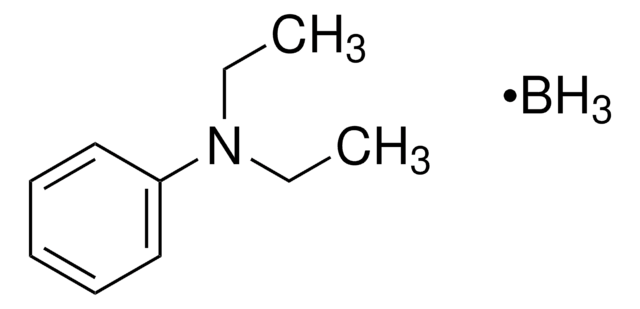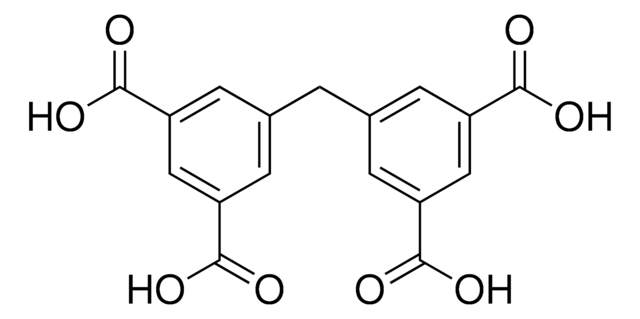688738
Basolite® A100 TAB 3x3
produced by BASF
Sinónimos:
Aluminum terephthalate, MIL 53
About This Item
Productos recomendados
grade
produced by BASF
form
tablet
greener alternative product characteristics
Design for Energy Efficiency
Learn more about the Principles of Green Chemistry.
sustainability
Greener Alternative Product
surface area
1100-1500 m2/g
particle size distribution
31.55 μm (D50)
bulk density
0.4 g/cm3
greener alternative category
, Enabling
General description
Application
Other Notes
Legal Information
signalword
Danger
hcodes
Hazard Classifications
Eye Irrit. 2 - Repr. 1B
Storage Class
6.1C - Combustible acute toxic Cat.3 / toxic compounds or compounds which causing chronic effects
wgk_germany
WGK 3
flash_point_f
Not applicable
flash_point_c
Not applicable
ppe
Eyeshields, Faceshields, Gloves, type P2 (EN 143) respirator cartridges
Elija entre una de las versiones más recientes:
Certificados de análisis (COA)
¿No ve la versión correcta?
Si necesita una versión concreta, puede buscar un certificado específico por el número de lote.
¿Ya tiene este producto?
Encuentre la documentación para los productos que ha comprado recientemente en la Biblioteca de documentos.
Los clientes también vieron
Artículos
Metal Organic Frameworks (MOFs)
Nuestro equipo de científicos tiene experiencia en todas las áreas de investigación: Ciencias de la vida, Ciencia de los materiales, Síntesis química, Cromatografía, Analítica y muchas otras.
Póngase en contacto con el Servicio técnico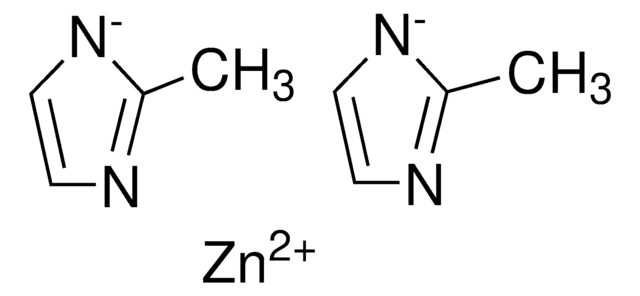
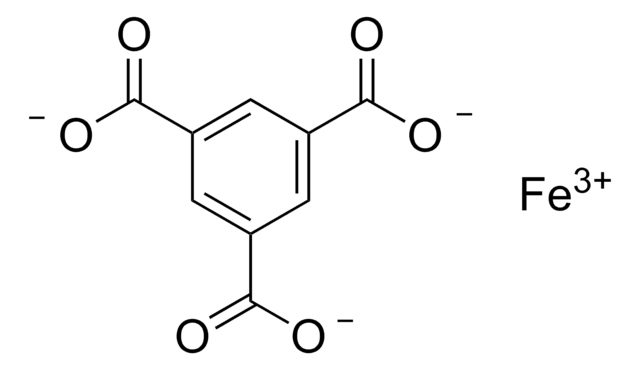
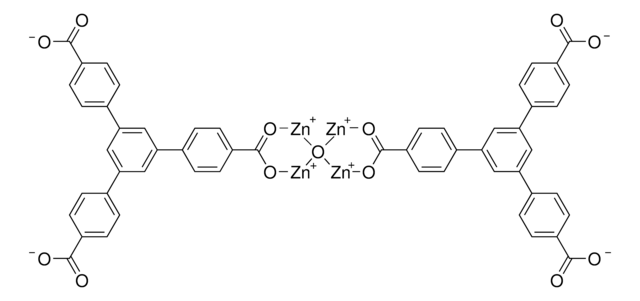
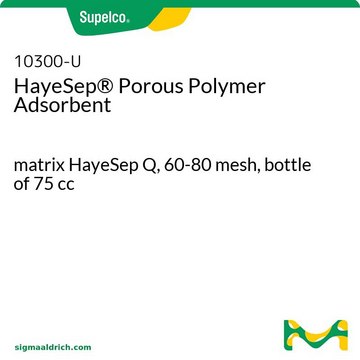

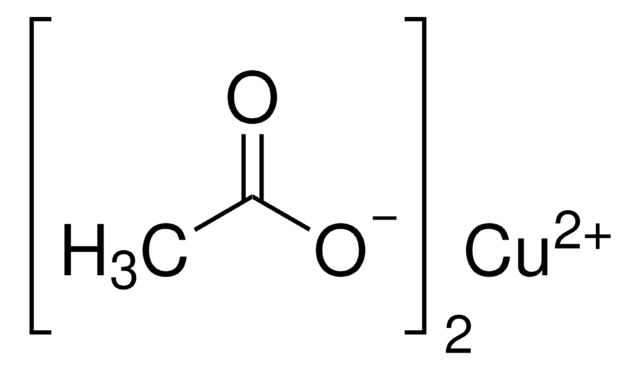

![Zinc bis[bis(trimethylsilyl)amide] 97%](/deepweb/assets/sigmaaldrich/product/structures/294/819/cd22dd81-f7c8-4f0c-944e-1b74c1ad5e6d/640/cd22dd81-f7c8-4f0c-944e-1b74c1ad5e6d.png)
![(11bR, 11′bR)-4,4′-9,9-Dimethyl-9H-xanthene-4,5-diyl)bis-dinaphtho[2,1-d:1′, 2′-f][1,3,2]dioxaphosphepin](/deepweb/assets/sigmaaldrich/product/structures/198/331/bd88130d-f49e-4bc8-b82e-5e43b3bcea95/640/bd88130d-f49e-4bc8-b82e-5e43b3bcea95.png)
